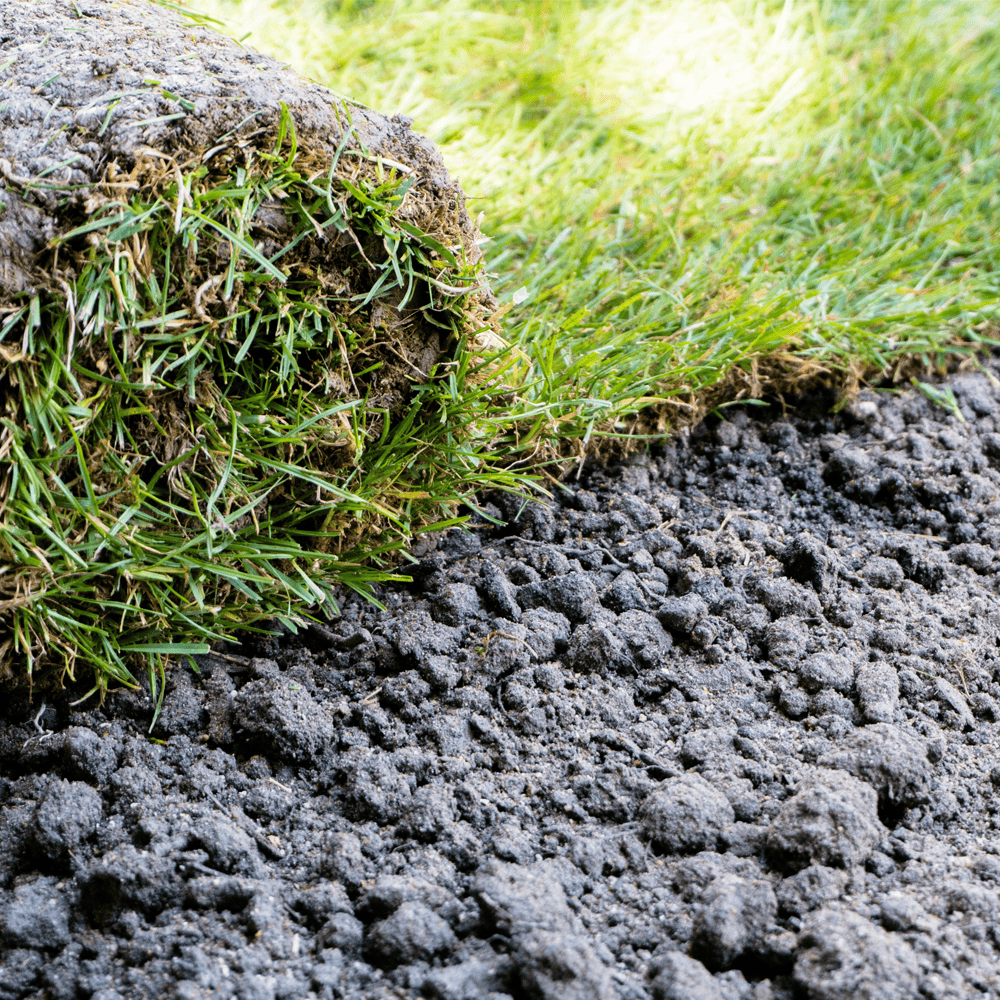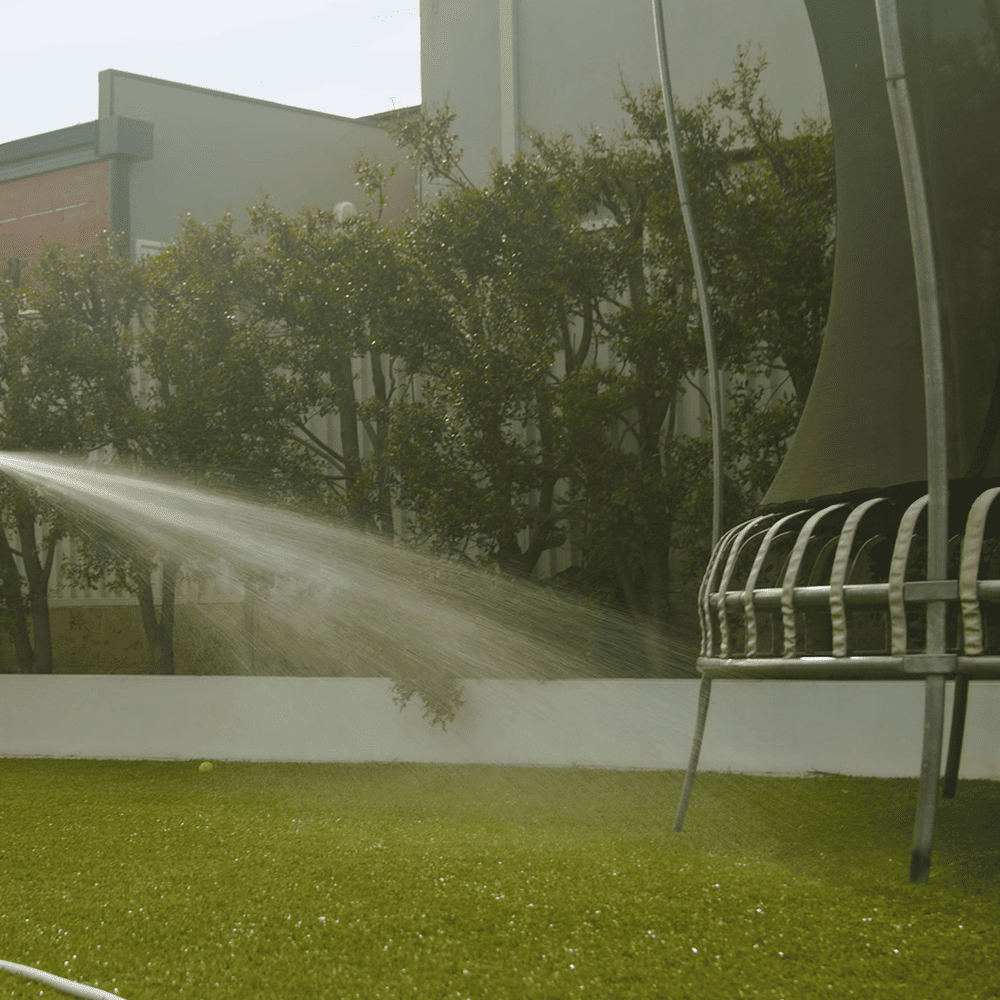Subscribe and save 17% with an annual subscription. Learn more.
When creating the perfect lawn, one of the most important decisions you’ll make is whether to lay turf or grow a natural lawn from seed. Each option has its advantages and challenges, and the choice often depends on factors like your budget, how quickly you want results, and the level of maintenance you’re prepared for.
At Wirri, we understand that every lawn is unique, and we’re here to help you make the best choice for your Australian garden. In this blog, we’ll explore the pros and cons of turf and natural lawns, helping you decide which option is best suited to your needs and environment.
Turf (also known as instant lawn) refers to pre-grown grass that is harvested and sold in rolls or slabs. When you lay turf, you’re essentially installing an already-established lawn that takes root in your soil over time.
Turf is available in various grass varieties suited to Australia’s diverse climates, including Buffalo, Kikuyu, Couch, and Zoysia. It’s a popular choice for homeowners who want an instant green lawn without waiting for seeds to grow.
A natural lawn is grown from seed, where you plant grass seeds directly into the soil and wait for them to germinate and grow. While this method takes longer to establish, it can be a more cost-effective option and gives you greater flexibility in choosing specific grass varieties suited to your location.
Natural lawns are ideal for those who don’t mind waiting for results and are willing to invest time in regular care and maintenance, especially in the early stages of growth.

Let’s break down the key differences between turf and natural lawns to help you decide which option is right for you.
When it comes to cost, the main difference between turf and a natural lawn lies in the upfront investment.
While turf has a higher upfront cost, it can save time and effort, especially if you need a functional lawn quickly. On the other hand, a natural lawn may require more patience and maintenance in the beginning, but it’s a more budget-friendly choice.
Both turf and seeded lawns require regular care to stay healthy, but the maintenance demands are slightly different during the initial stages.

When deciding between turf and a natural lawn, consider the following factors:
Choosing between turf and a natural lawn ultimately depends on your priorities. If you want an instant, green lawn and don’t mind the higher cost, turf is a great option. On the other hand, if you’re looking for a more affordable solution and are willing to wait for the grass to grow, a natural lawn from seed may be the better choice.
At Wirri, we’re here to help you achieve the perfect lawn, no matter which option you choose. Whether you’re laying turf or growing a natural lawn, our eco-conscious lawn care products and expert guidance will ensure your grass grows healthy and strong.
Ready to create the lawn of your dreams? Join the Wirri community today and let us help you with tailored lawn care solutions that make lawn care easy and effective!
For more lawn care tips, seasonal advice, and product recommendations, follow the Wirri blog. Stay tuned for updates!